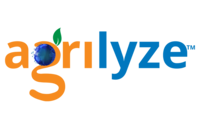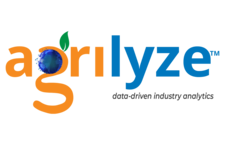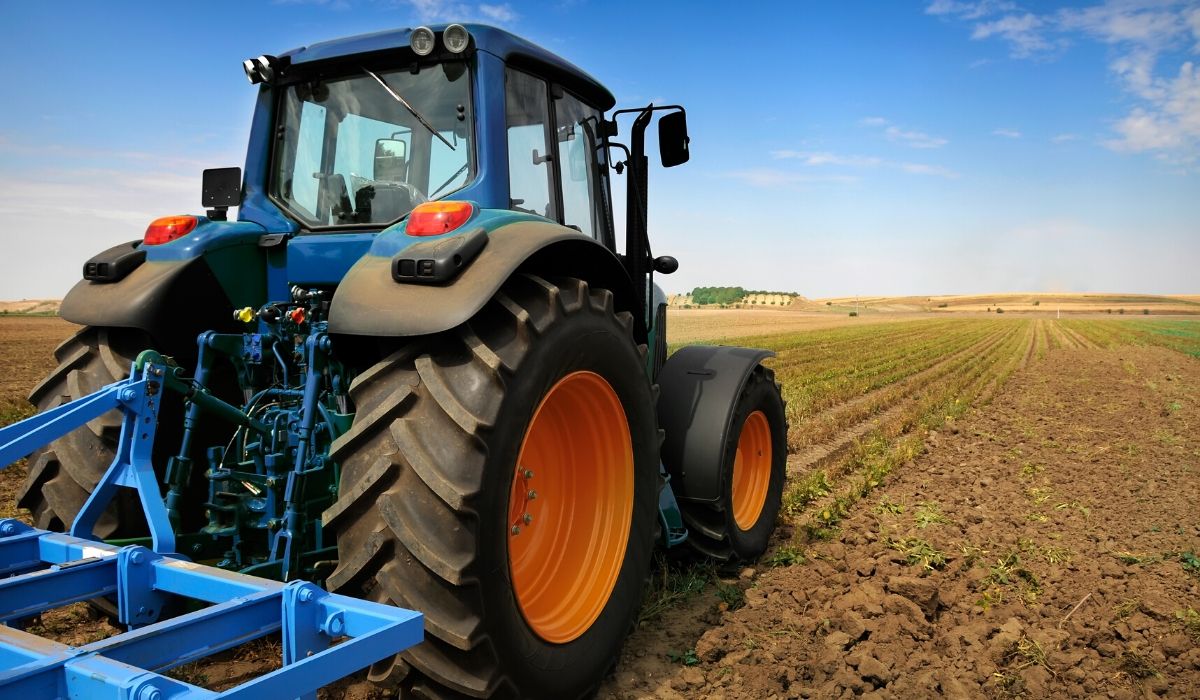How Can Farmers Maximize the Potential of Data – Some Helpful Ideas
What began with perhaps the simplest of intentions has flourished into a complex ecosystem. Agriculture today is not only about planting food. It’s about the steps getting there and, more importantly, the results. It is a multi-layered system involving daily operations that must beget improvements to crops and, ultimately, produce a profit.
Agribusiness has become a forward-thinking machine, very much dependent on finding the appropriate tools to meet new challenges head-on. What takes farmers to this new precipice? It is having more data at their fingertips.
In the early 2000s, data began its foray, assisting with technology development that would change the way businesses flowed within the food supply chain. By 2016, the agriculture industry saw massive value in taking data analytics and applying them to agricultural applications. Now, farmers can gather, store, and track data, and it is estimated that by 2050, farms will have the capacity to manipulate over 4 million points of data per day. According to a study put out by Tufts University, smart/precision farming methods are generating $2.3 trillion in cost savings and business opportunities annually!
So how then, can farmers truly maximize the potential of all this data? Two main questions to pose are: what do we do with it, and how can we understand it better? Today’s post will examine some key points to consider when it comes to data and agriculture.
#1 Goal Identification
Data is not useful without the proper identification of goals. Hunting for the right data should be the beginning of your journey. First of all, determine what problems you need to solve, what questions you need to be answered, and then work to gather and track data related to a resolution/answer to your questions. Think of data as your path, and not the destination. At Agrilyze, we have a team of experts that can help you identify your goals and then utilize our application as it relates directly to your business.
#2 Technology Knowledge
There’s no need to feel overwhelmed, but you should choose an application and its associated technologies to scale with you. When you book a demo with us, you can learn the full range of capabilities of our platform, even if some tools won’t apply to your case or may be more applicable at a later date. We can provide you with full training and education to set you on the right track so you can grasp our product’s total value, and begin to use the data you collect to improve your farming methods.
Let’s jump to some types of data that you may require for farming to be more effective:
a) Soil
Soil sampling is crucial in farming and can be collected manually or by using specialized equipment. Samples are taken to a lab for testing. When the results return, farmers can create digital maps of field properties. Results are also used in the application of seed and fertilizer. Some things that are looked for in soil samples are things like acidity, and content of phosphorus, potassium, and humus. Acidity is particularly crucial in factoring yield as the pH value helps to improve growth. Other soil sampling uses are estimating the fertility of different parts of the field, calculating doses of seed and fertilizer, and impacting the growth and development of your plants.
b) Weather
A significant threat to agricultural productivity is climate change and other environmental challenges. Having the ability to monitor weather remotely is particularly essential when it comes to growing vegetables and fruits. Sensors can be used to prep for critical changes in temperature, as well as to calculate irrigation. Additional data collected from weather stations can help identify plant diseases and the emergence of pests. Again, pesticide application is impacted as farmers can decide the best time to apply pesticides, or whether they are needed.
c) Yield
For precision farming, data about yield is highly valued. Technologies can collect geospatial data on a harvested crop, then using this information, farmers can create digital maps to identify problem areas on the field. Some things that can be analyzed are fertility (cause determined when comparing yield map with relief map) nutrient distribution and other indicators.
More yield data is advantageous to the farmer. For example, farmers can collect data over several years to increase fertilizer application precision for the upcoming season. More extended periods of data collection can also contribute toward reductions in cost overall for the agribusiness.
d) Equipment Data
With help from computers and GPS technologies, farmers can avoid overlaps and gaps in the navigation or catch errors faster from analyzing data from the equipment. Also, such data helps assess the application rates of fertilizer and pesticides, measure the speed of machinery moving across the field, and monitor machine operators’ work.
Back to the matter at hand…
#3 Network Building
How often is it that we genuinely attest to the importance of networking from an agribusiness perspective? It is important. Connect with partners that are willing to support your business goals. Always be transparent in how you communicate – whether it be through online forums, groups or social media platforms, you can learn more about available systems by seeing what your partners are doing. Our website has many tools to help you understand the role that data can play in your day-to-day operations.
From a high-level perspective, the data you can aggregate using our platform will help boost productivity and gain unprecedented visibility into your operations. Critical resources like seed, pesticides, and fertilizer can be better managed. One stat published in the journal of Nature found that by ending nutrient overuse, and combining with sustainable intensification, production could be increased by 30%!
A significant point of collecting data is tracking trends and determining the correct data that you require for your business. Over time, you will begin to see patterns, and you need to right tool and team to help you along with your vision. Avoid missed opportunities, the potential duplication of work and risks when it comes to manually input data. Agrilyze can help you farm stronger and better.
Contact us today for a demo of our product, and let’s get started asking the right questions together: what your problem is and the answers to any questions you may have.
If we continue along the right path – smart/precision farming paired with intensive data-driven techniques – farmers will become more efficient, the entire agriculture economy could be re-visioned. On a grander scale, this will help solve one of humankind’s biggest challenges, food scarcity and security.
For more on the state of global food demand, check out this report by the Food and Agriculture Organization of the United Nations – http://www.fao.org/state-of-food-security-nutrition.
References:



